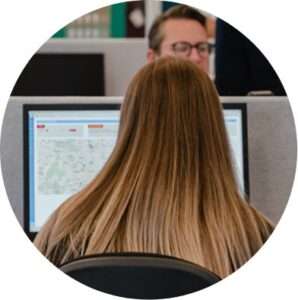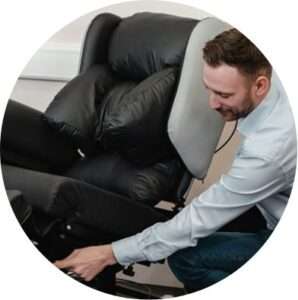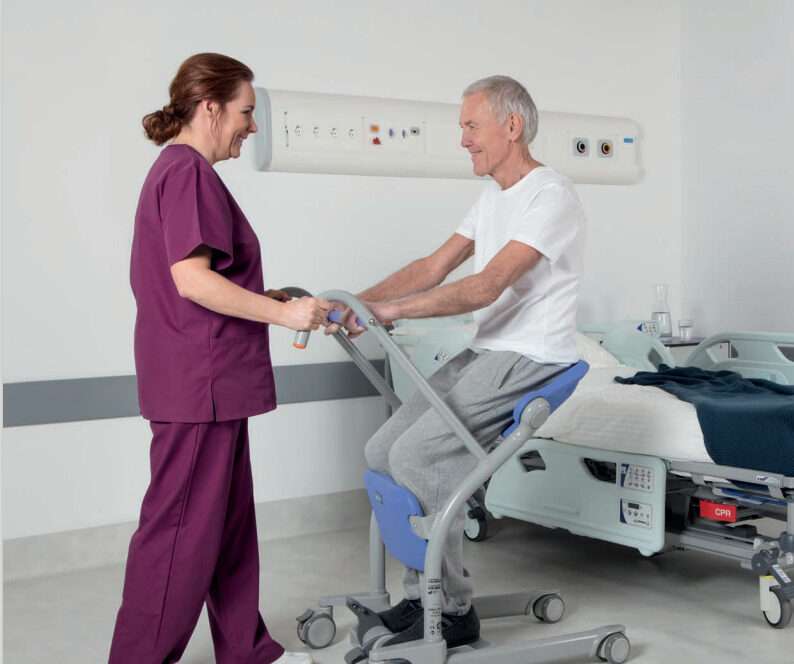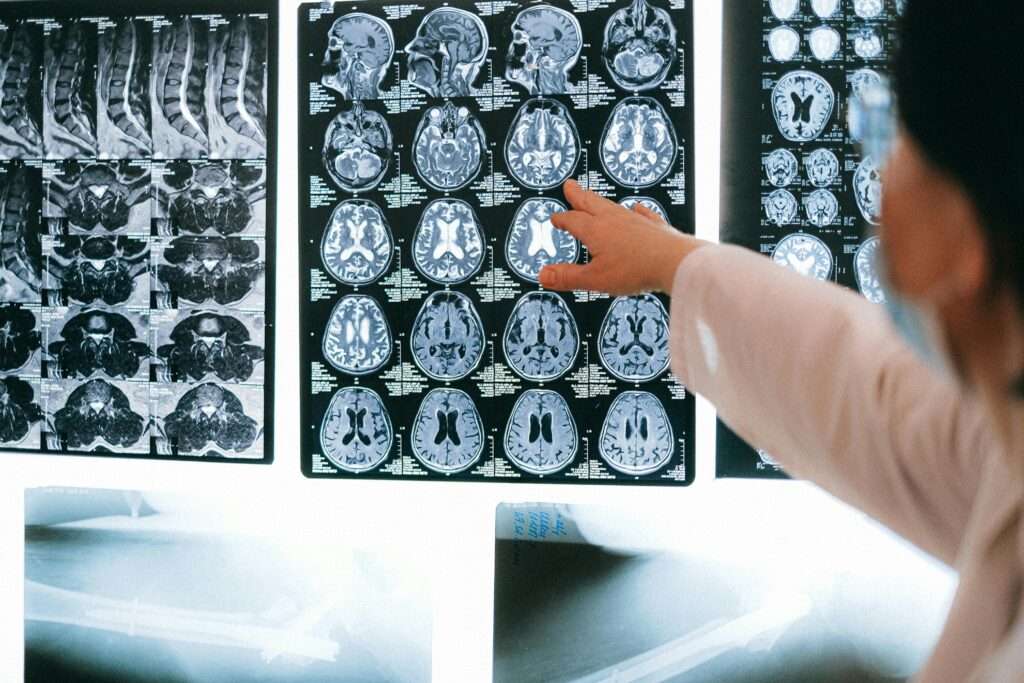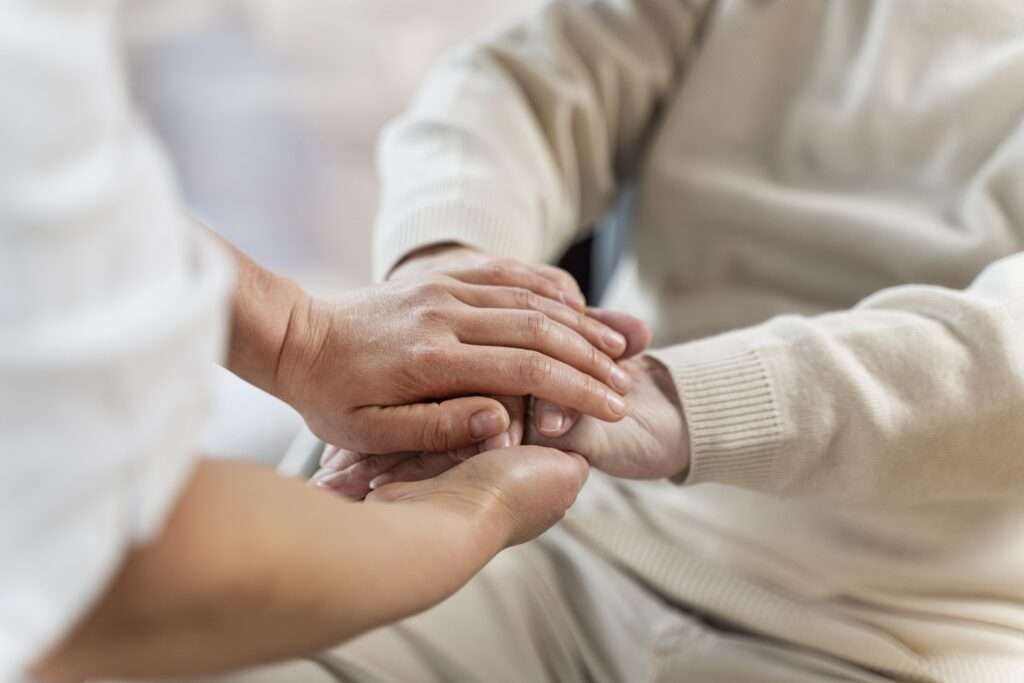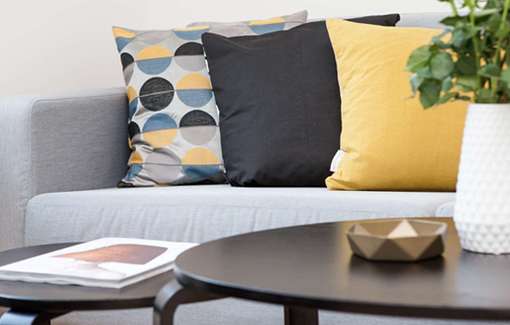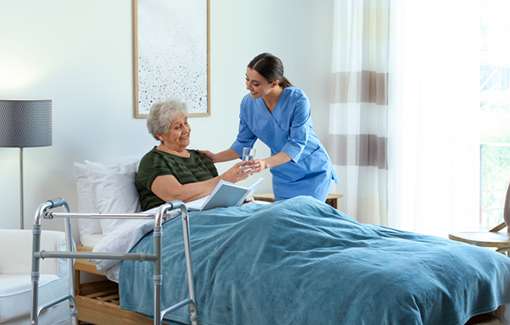A Patient Mobility Assessment is used to determine the extent to which someone can move independently, and what extra support they may need to carry out daily tasks.
They are used for a range of different reasons, for example social service assessments, rehabilitation, or programmes like the Blue Badge scheme.
In this article we look in more detail at what is involved in a mobility assessment, and how you can access the right mobility support for your needs.
Jump straight to…
What is included in a Mobility Assessment?
A mobility assessment covers all areas of movement, from turning over in bed to sitting, standing and walking.
A physiotherapist will assess your ability to carry out these tasks by studying your gait, balance and overall strength.
Recommendations from the assessment may include treatment plans, physical exercises and/or the use of mobility support aids.

These tests form the basis of different types of mobility assessments, showing the wide range of scenarios where they can be used:
BMAT (Bedside Mobility Assessment Tool)
The BMAT is a basic ambulation test used in all care settings to gauge how comfortably and safely someone can move around. By guiding a person through simple actions like sitting up, standing, and walking, it helps care teams understand the right kind of support or equipment that could make their daily life easier and safer.
IMA (Immediate Mobility Assessment)
An IMA is a quick way to see how someone is moving, especially after they’ve had a change in health or just arrived somewhere new, like a hospital. A healthcare professional might ask them to sit, stand, take a few steps, or shift their weight to see how steady they are. It helps ensure they get the right support straight away, whether that’s a walking aid, a helping hand, or extra safety measures.
EMS (Emergency Medical Services) assessment
When paramedics attend an incident, they sometimes need to make fast decisions about how to move someone without causing discomfort or injury. This might involve checking if the person can bear weight, move their limbs freely, or change position without pain. This quick mobility check helps them choose the safest way to help, whether that is using specialist equipment, offering extra assistance, or arranging urgent transport.
TUG (Timed Up and Go) test
The TUG test is simple and straightforward – it’s just timing how long it takes to stand up from a chair, walk a short distance, turn, and sit down again. It gives a clear picture of balance and mobility, and can point to the kinds of products or support that could help someone stay confident and independent.
Who completes a mobility assessment?
Due to the wide range of healthcare settings where they can apply, a mobility assessment can be completed by any primary care worker such as a physiotherapist, OT, nurse, doctor, paramedic or carer.
Request a Mobility Assessment
What are the five elements of a mobility assessment?
A mobility assessment typically includes five main elements: balance, gait, transfer skills, range of motion, and overall functional ability.
The combination of all these elements helps evaluate a person’s ability to move and change position.
Let’s look at these five areas in more detail:
Balance – the ability to maintain a stable posture while sitting, standing or moving. Good coordination involves multiple body systems – sensory and auditory as well as musculoskeletal.
Gait – the pattern or style of walking, taking into account factors like speed and stride length. Some people may ‘shuffle’ more without lifting their feet, which would indicate a limited walking ability.
Transfer Skills – the ability to transition between different positions – for example sitting to standing, or lying down to sitting up.
Range of Motion – this refers to the range of motion in the limbs and is a good indicator of joint health and mobility.
Functional Ability – someone’s overall ability to perform daily tasks like bathing, dressing and eating. This brings together all the different components and is the ‘acid test’ of the mobility assessment.
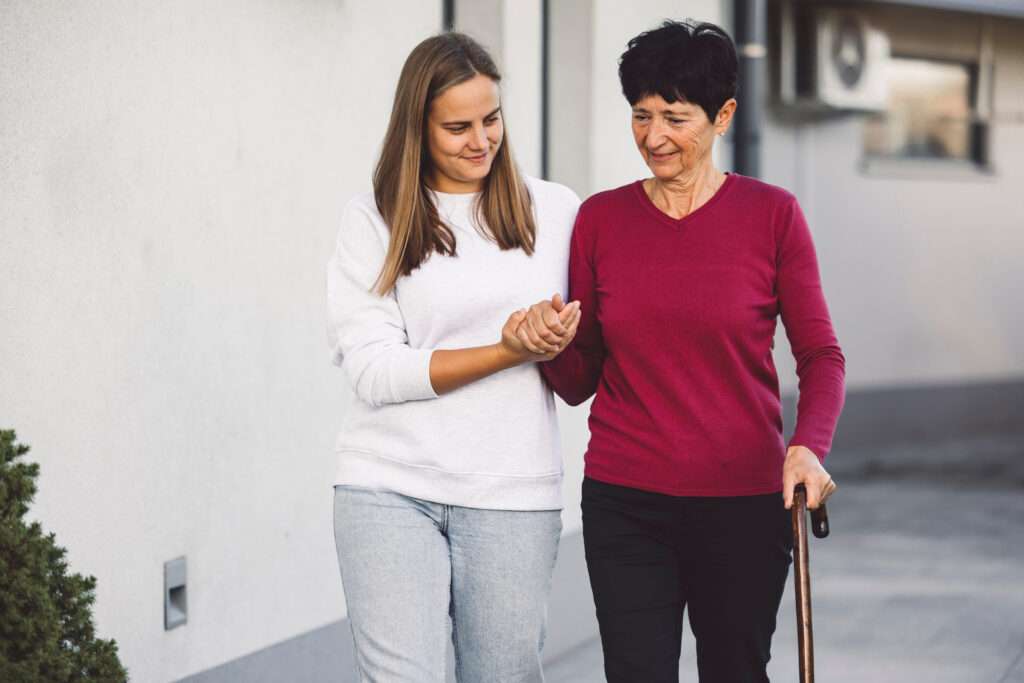
What is Mobility Support?
If the mobility assessment identifies limitations in any area of mobility, extra assistance may be needed to improve the person’s mobility and independence.
What are examples of mobility support?
Mobility support may be simple in the form of support aids like walking sticks/frames/grab rails, or mobility equipment like scooters or wheelchairs.
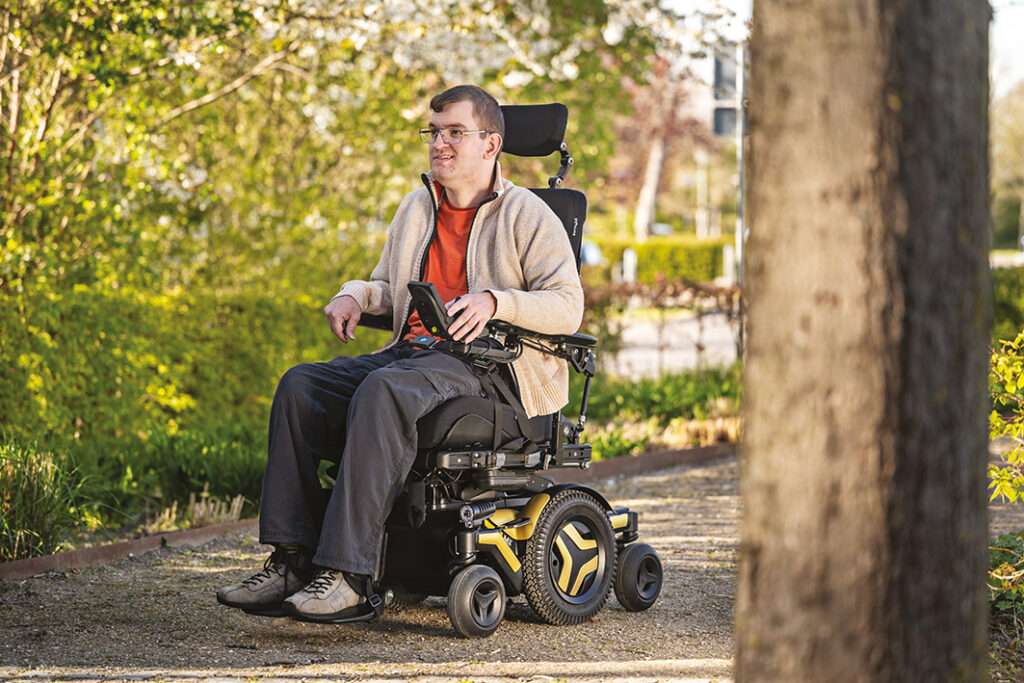
Permobil M Corpus VS Electric Wheelchair
How do I tell if I need a mobility aid?
Mobility assessments can be carried out in your own home or at your local mobility showroom, with the assistance of an occupational therapist or physio if you unsure about what you need. OTs can guide you through all the options available and direct you to the right mobility solution, which could be anything from a basic walking stick or wheelchair to a specially adapted wheelchair vehicle, depending on your needs.
View our Mobility Products
How can I access mobility support?
A good place to start would be to speak to us you if want to arrange a free mobility assessment. Our trained assessors have years of experience carrying out wheelchair and seating assessments, in homes, care homes or our own showroom if you are able to visit us.
Book a Mobility Assessment
We also have a hire scheme for those who don’t want to commit to the full purchase cost, allowing you to trial the chair first and check it is right for you.
Hire a Chair From Us
Conclusion
A mobility assessment is an essential tool for understanding how well someone can move, and identifying any support they may need to stay independent and comfortable. From basic balance tests to more detailed functional assessments, they provide a clear picture of a person’s mobility, and create recommendations for mobility aids, equipment, or therapy.
Taking the first step to get assessed can make all the difference in improving your day-to-day life and maintaining confidence in movement.
Frequently Asked Questions
Q: Who can request a mobility assessment?
A: Anyone who feels their movement is restricted or unsafe can request an assessment. This could be self-initiated or suggested by a healthcare professional, carer, or family member.
Q: How long does a mobility assessment take?
A: It varies depending on the type of assessment, but most take between 20 minutes to an hour. More complex evaluations, particularly those involving multiple tests, may take longer.
Q: Do I need a referral from my doctor?
A: Not always. Many mobility showrooms, occupational therapists, and physiotherapists offer assessments directly without a GP referral, although your doctor may recommend one as part of your care plan.
Q: Is there a cost for a mobility assessment?
A: Costs depend on where you get the assessment. Some NHS or council-led assessments are free, while private assessments may have a fee. Many mobility equipment providers like ourselves offer them free of charge.
Q: Can the assessment be done at home?
A: Yes, home visits are common, especially for those with difficulty travelling. A trained assessor can evaluate your mobility in the environment where you spend most of your time.
Q: What happens after the assessment?
A: You’ll receive recommendations, which may include exercises, therapy, or mobility aids such as walking frames, grab rails, wheelchairs, or scooters.

